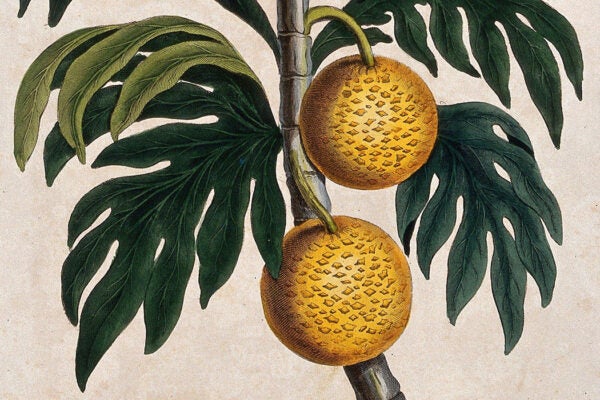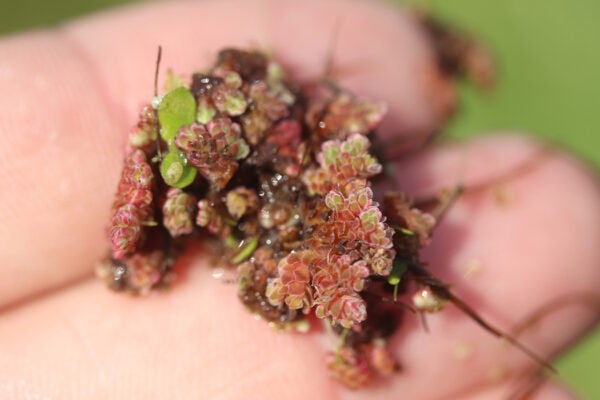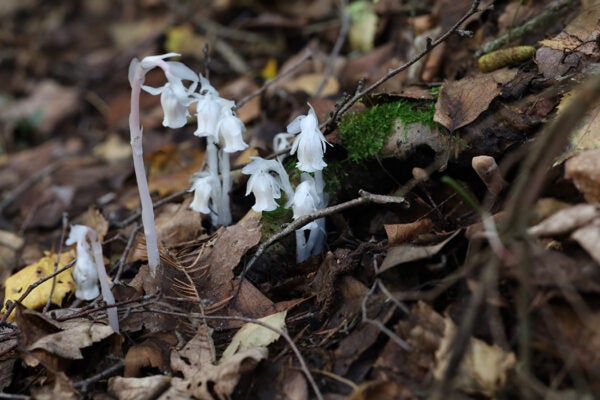Juneberry: A Summer Sweet for People, Pollinators, and Birds
For millennia, Indigenous peoples in North America derived sustenance from the juneberry, known also as the misâskwatômin, serviceberry, shadbush, or saskatoon.
Coco De Mer: The Magical Derrière of the Sea
Once viewed as a precious item of mysterious origin, the seed of the coco do mer palm, though better understood today, remains a rare and valuable commodity.
Cerbera odollam: “The Suicide Tree” That Harms and Heals
Even before The White Lotus, people feared the poisonous pong-pong tree, Cerbera odollam. But there's another way to look at the plant and its effects.
Acacia: A Legacy of Artistry and Extraction
The thorny Acacia tree produces gum arabic, a versatile substance that’s been driving global trade for centuries.
The First Green Money: Nature-Printed Currency
Benjamin Franklin used naturalist Joseph Breintnall’s botanic prints of leaves on his paper currency to foil counterfeiters.
Wolfsbane: A Poisonous Beauty
With a complex history related to hunting, magic, and madness, wolfsbane offers a glimpse into vernacular plant names and their associations with animals.
Quintessential Resilience: The Breadfruit in the Caribbean
The breadfruit tree has coexisted with humans for more than three thousand years. Its future may depend on how strong of an ally humans can become to it.
Rosemary: The Herb of Ritual and Remembrance
From ancient Egypt to today, the scent of rosemary has promised comfort, joy, and even immortality.
Azolla filiculoides: Balancing Environmental Promise and Peril
One of the world’s tiniest fern species, Azolla filiculoides may be one of our greatest tools for lowering agricultural pollution and greenhouse gas emissions.
Ghost of the Forest: Monotropa uniflora
Look for this other-worldly plant in moist, shaded areas of mature forests throughout much of North America, East Asia, and northern South America.









